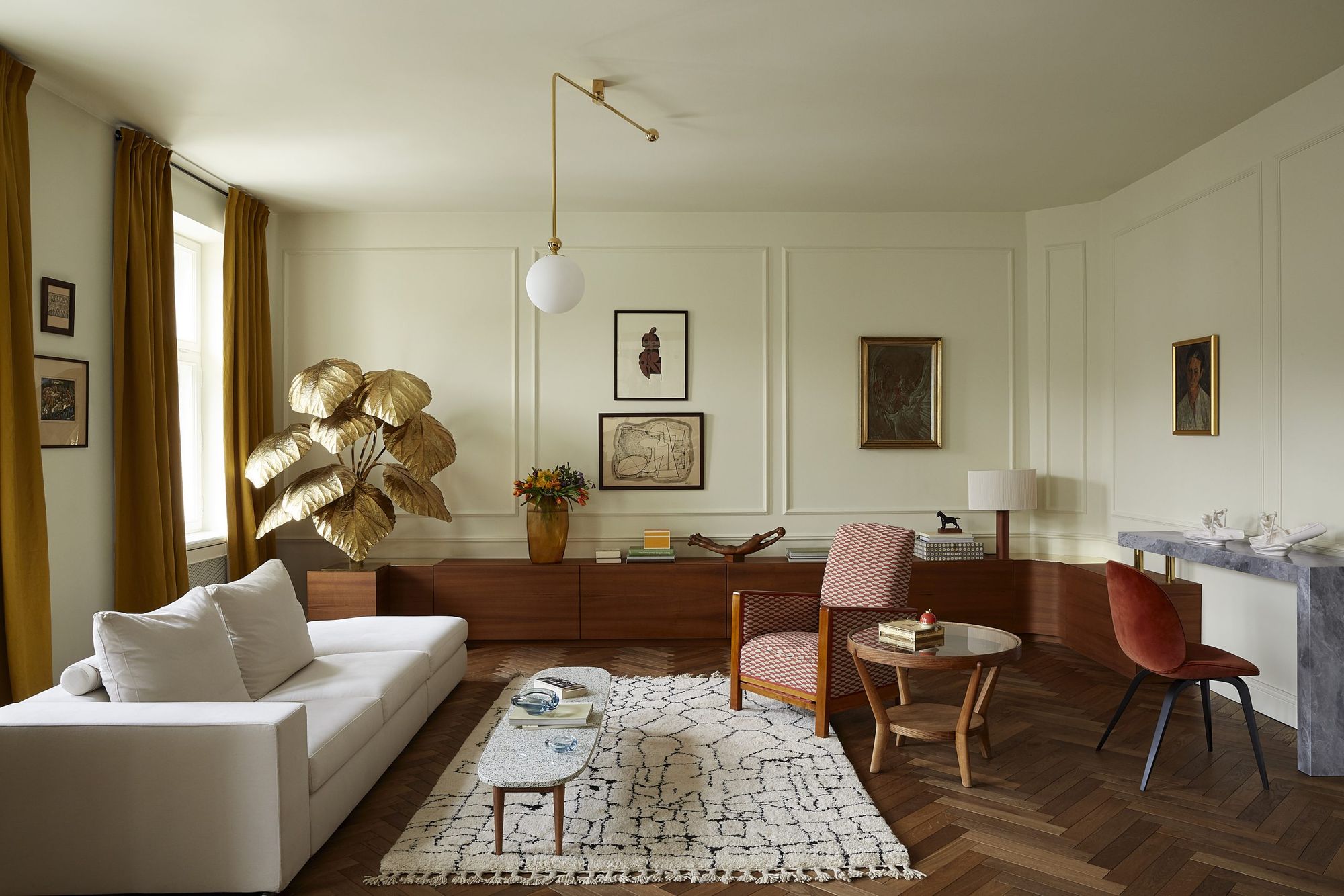Warsaw-based Colombe Studio offers a complex interior design service, from personalized and selected antique pieces to metalworking and upholstery, all using the highest quality raw materials. And the end result, within the distinctive interior raises a thousand questions: it’s hard to look at the projects the studio has completed and not find your eyes drawn to every nook, detail and curve—simply everything is exciting. In our interview, we asked Marta Chrapka, interior designer and founder of Colombe Studio, about individual and studio trademarks.
When it comes to interior design, it’s a matter of personal choice and preference as to how much insight you want to allow into your home and how much external stimulation you want to surround yourself with in your living space. What is certain, however, is that it is always captivating when we enter a room and get a personal description of its resident, or at least pieces of a jigsaw puzzle, scattered, charming, telltale little things. However, this cannot often be said of a newly renovated home, as it takes time—this is the difference at Colombe Studio.

While everything fits together perfectly, it would be hard to fault anything from the work provided by the studio to the final projects. Looking at the finished homes, without exception, the first impression of an outside observer is: how can a newly renovated apartment be so personal and cozy, instead of the usual harsh and uninhabited feeling? The magic is complex, but Marta’s primary inspiration is the client and the client’s personality, which already holds many questions and excitement. After all, no two people have the same personality and lifestyle. Anyone who entrusts their future home to Marta’s visual language can be sure that the end result will be an impulsive, personal and inimitable living space and time capsule, full of impulses from both sides.
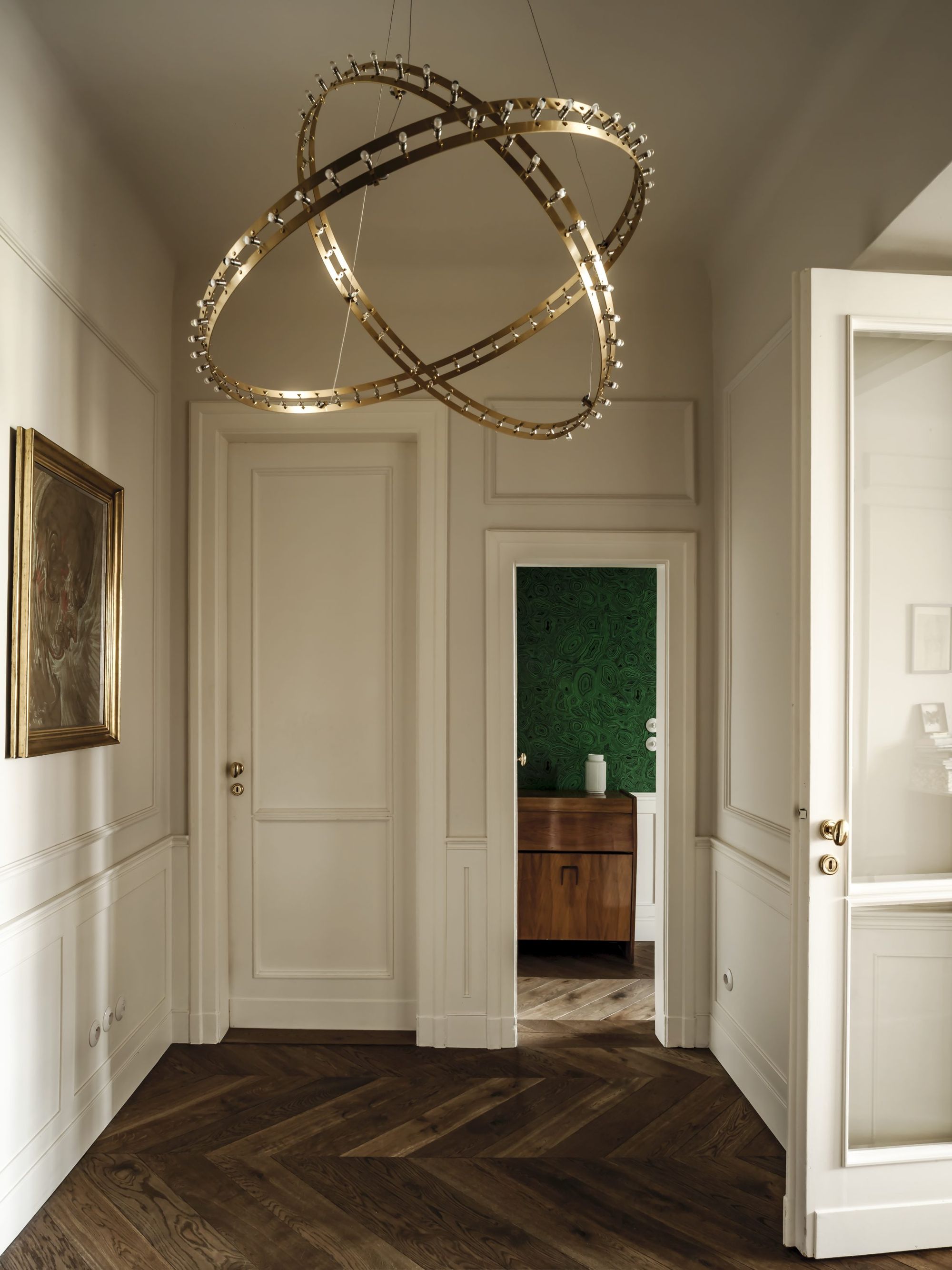
This is accompanied by the studio’s instantly recognizable style and characteristics: an extraordinary combination of selected antique furniture and contemporary pieces, paintings, patterned wallpapers and unexpected colors with even more unexpectedly used lamp creations in the middle of the space, resulting in a sophisticated yet somewhat prolific eclecticism, which does not cross the line that would feel like an overwhelming environment. The devil is in the details, and the studio is very sensitive to them. They don’t work from trends, but the finished interior suggests someone who knows what’s going on around them is living here: up-to-date when it comes to design, but in need of the sensitive and nostalgic impulses that make you human, and last but not least, feels at home and comfortable in the space it has been designed for.

Where does your passion for interior design comes from? When did you decide to do it for a living?
I don’t really remember if I ever wanted to do anything else. Decorating and creating interiors has always been my passion. And it’s hard to explain where it came from. I guess it could be related to the fact that in the 80s in Warsaw, where I grew up, aesthetic interiors were a rarity, and any aesthetic accent stood out significantly. It could hence the desire to create space around me.
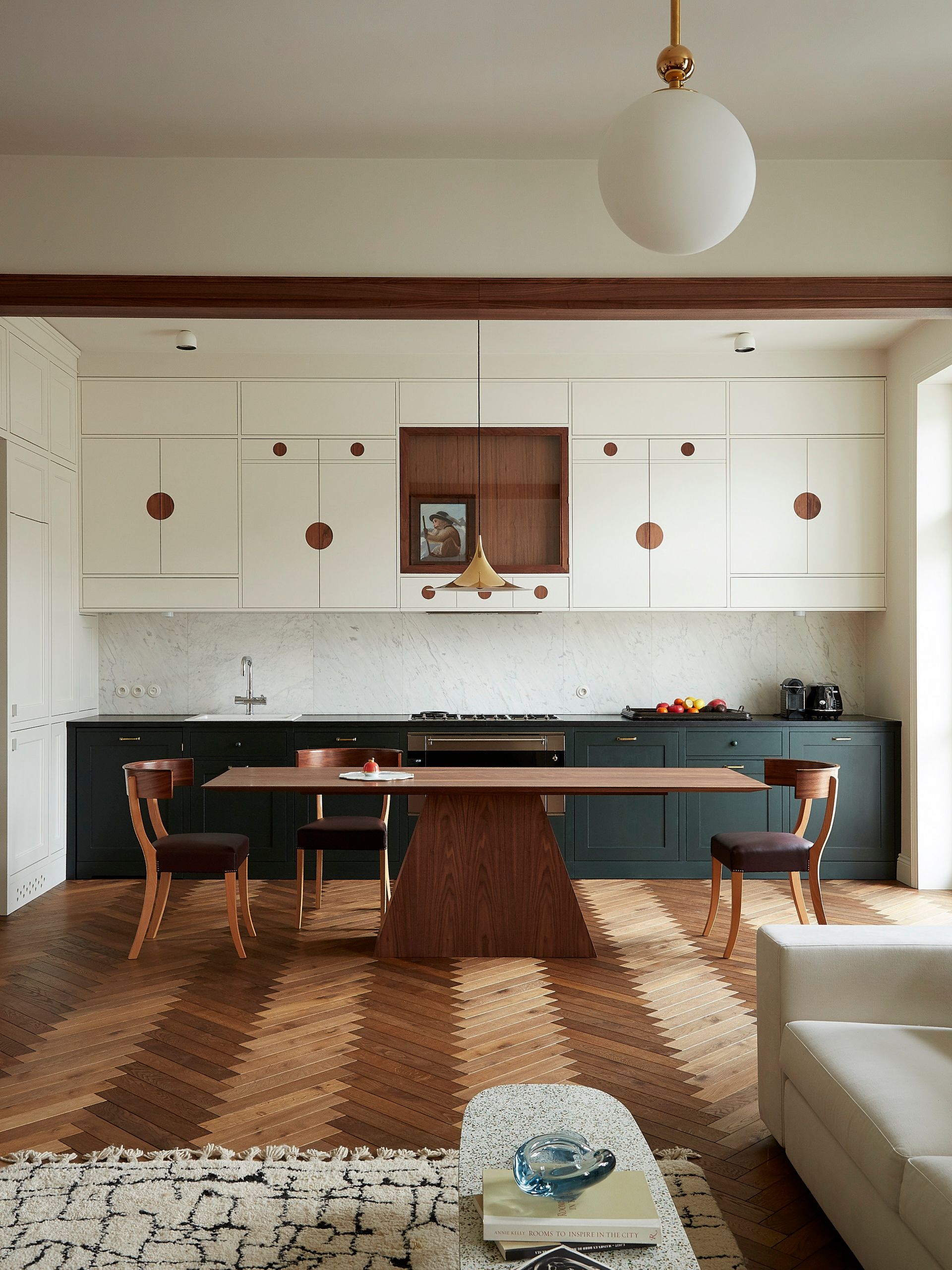
All of your work is very cohesive and has a very natural, lived-in feel to it—it comes together so well that you feel at home. What does the home as a living space mean to you?
I think that coziness is the key. Probably every client asks for it, regardless of the style or apartment size. Each time I work on the design, I try to imagine that this is my interior and how I would like to live in it. Certainly, the interior cannot be based only on the furniture—there must be harmony and coherence in it, and it starts with the design of the wall layout.
Your style is instantly recognizable in your work, yet they all seem personalized—how much do the client’s personality and lifestyle influence the final design?
A lot. It is my biggest inspiration. I love talking to clients and it’s often in these conversations that the coolest ideas arise.
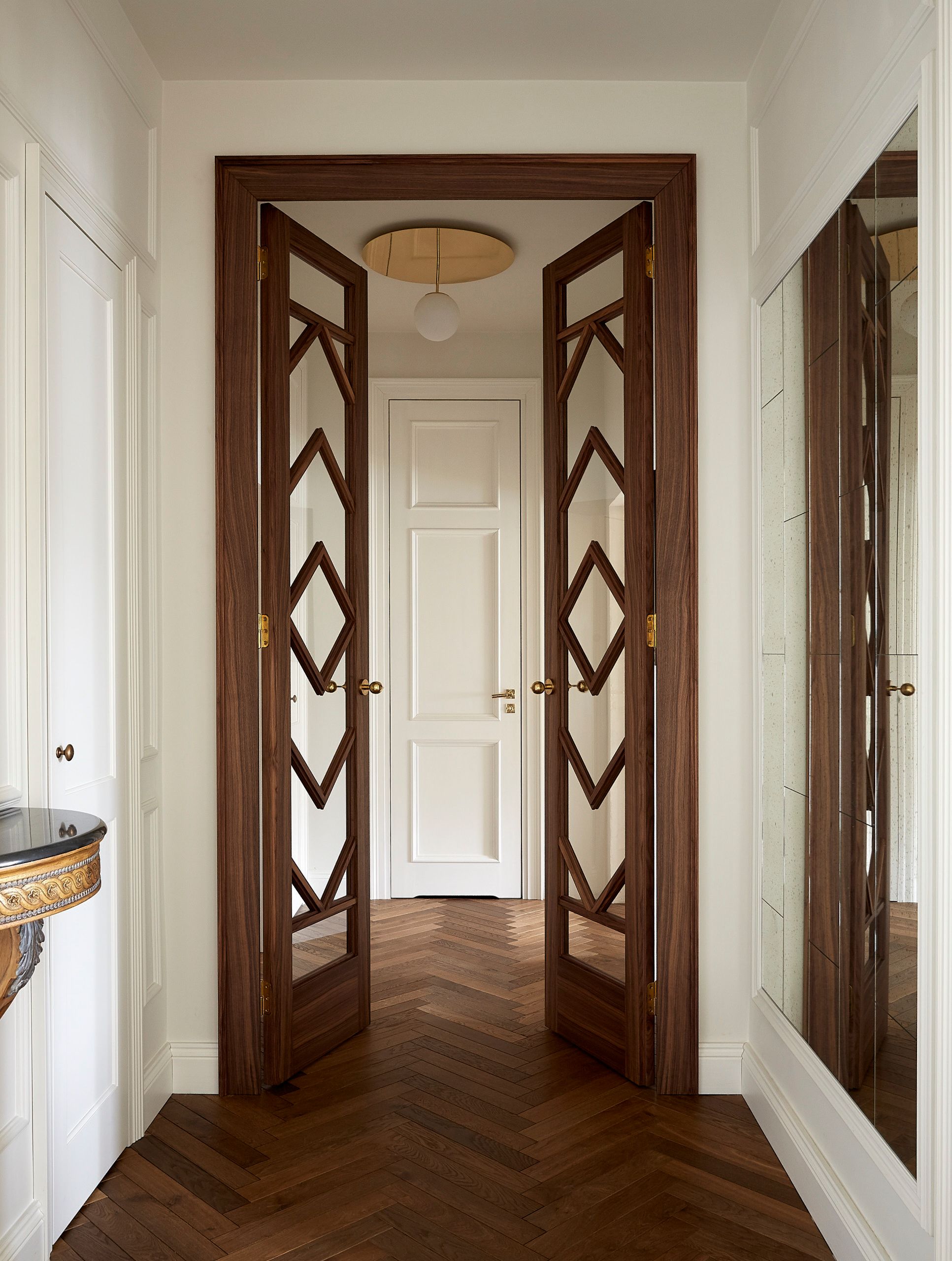
You work with a lot of antique furniture. What do you like the most about selecting antique pieces and how do you still make the interior feel current?
It is probably not a concept or an idea.
I often find cool things in galleries during my travels and I buy them right away—maybe because during the week I don’t have time to go shopping and hence these vintage finds. But I complement it with contemporary furniture. I also managed to find an object that is the first element in the interior and then builds the entire project.
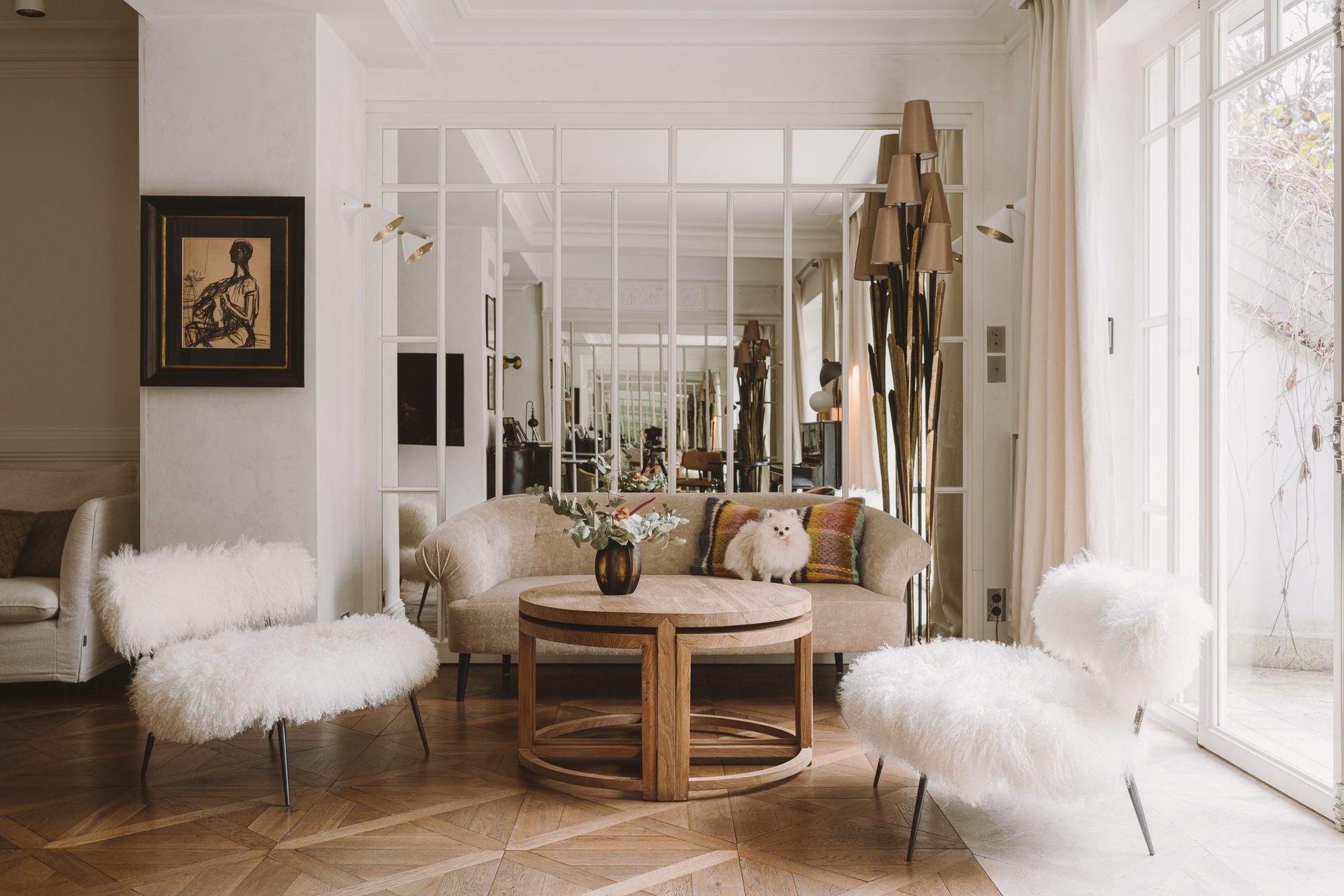
What is the one object you can’t imagine a home without, and what is your favorite space in your home?
It’s definitely the kitchen! And as for the object, of course, apart from the basic equipment, it’s definitely the paintings. When I was living in sublets, even though there were paintings hanging on the walls, I still didn’t feel comfortable. Now, when I was building a house in the countryside, I started to look for paintings that would suit a wooden hut.
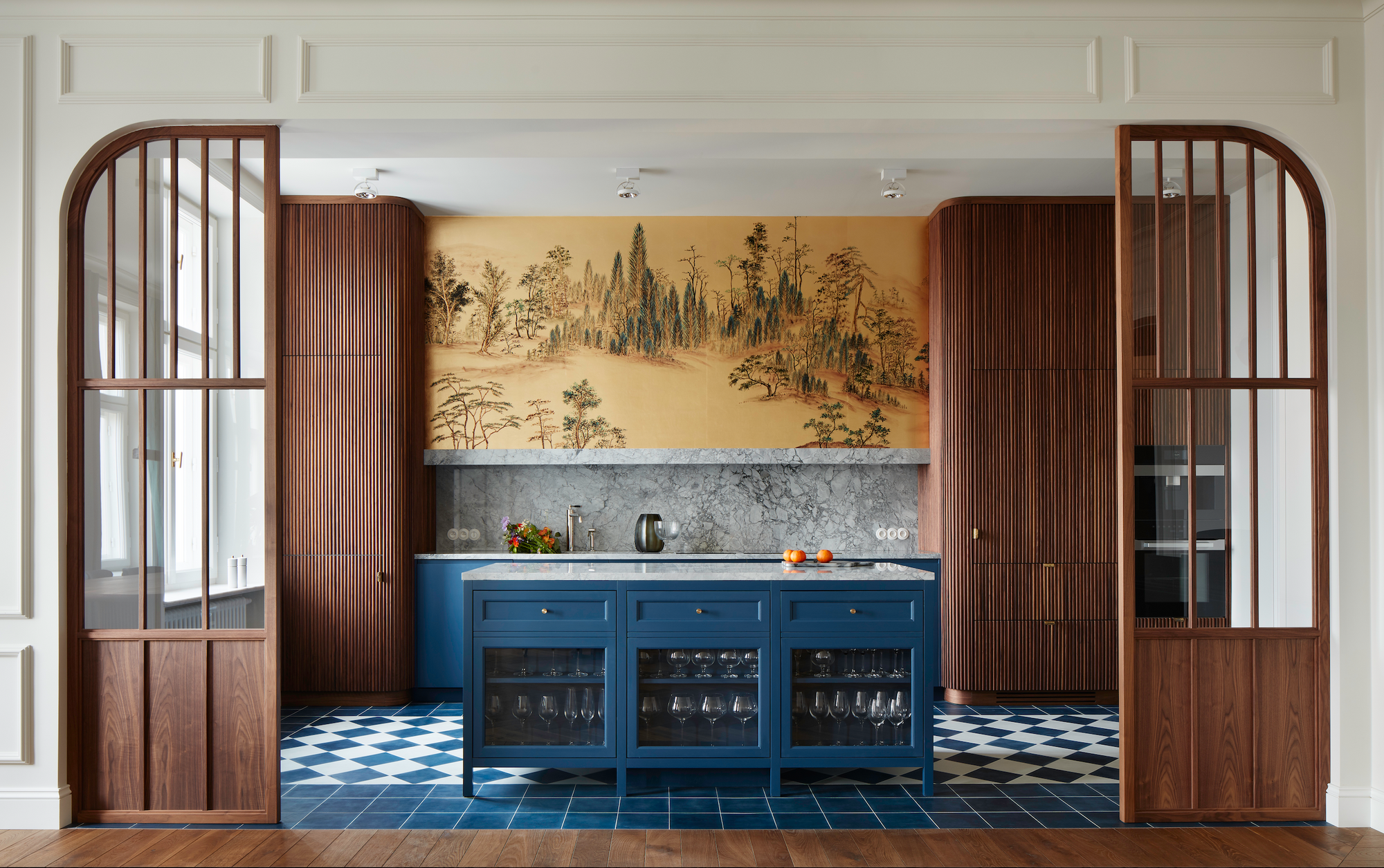
Your work is characterized by monumental objects, vivid, colorful patterns and fabrics—what is the key to using all of this together without making it feel overwhelming?
I think I like when it’s overwhelming, but there is always someone who says: stop! Often the clients say that’s enough, and at home, my partner does it. Inspiration is usually based on a new collection of fabrics. Dedar and Pierre Frey have always proved to be good sources.
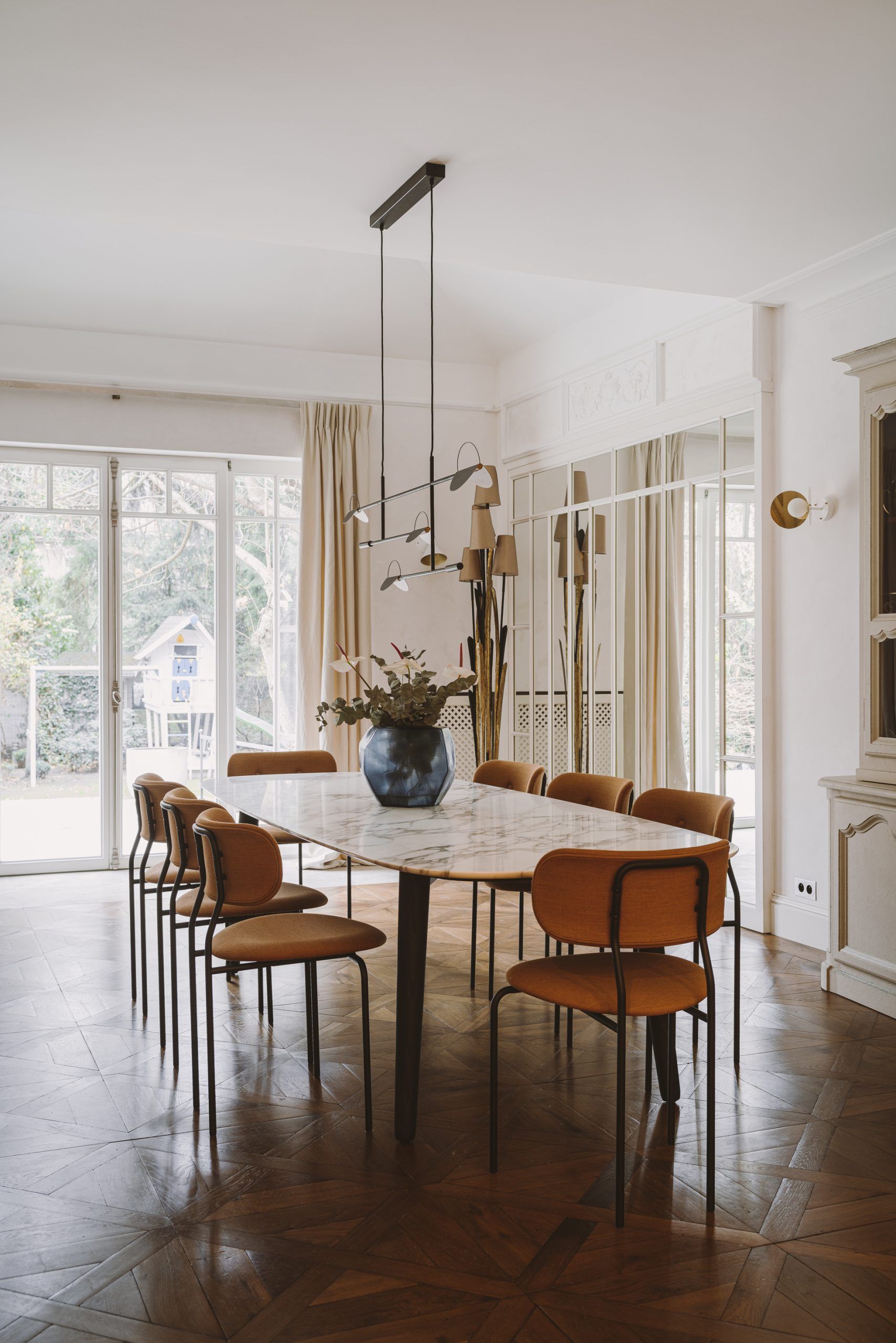
Can you tell me a little bit about Colombe Studio sewing services?
I try to provide clients with full service and hence the idea for sewing curtains and decorative elements. I once bought curtains that were sewn in Belgium, and it inspired me to search for traditional tailoring solutions. We import brass hooks and rings for curtains and blinds from France, some elements are hand-sewn. This has a huge impact on the appearance of the curtains. The seamstress often complains that it could be simpler, but the end result is always worth it.
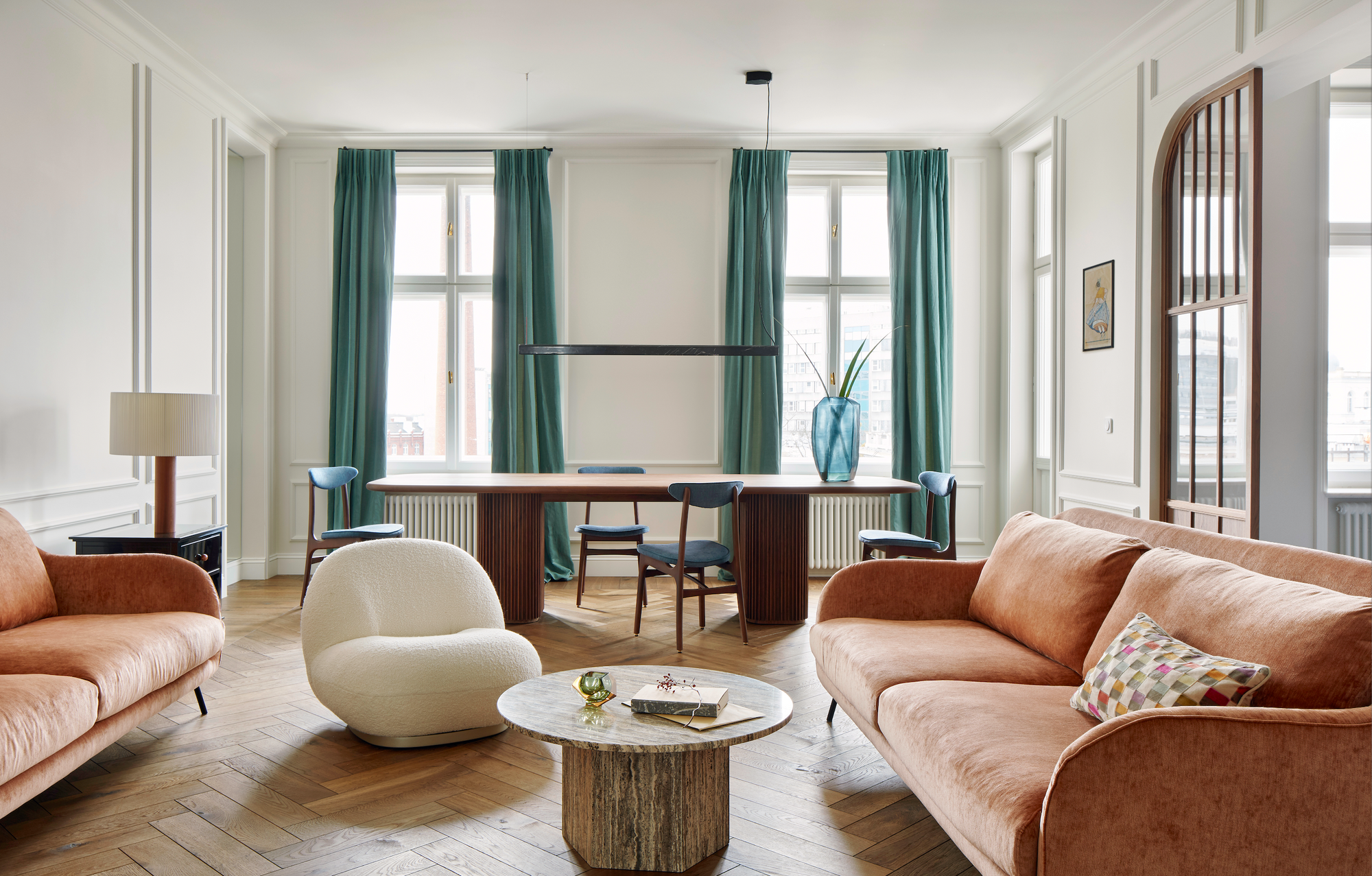
One of your signatures is using selected artworks in the interiors. What is the process behind choosing the paintings?
I don’t want to unveil the mystery completely, but I usually search for a long time and then find something great and send it to the clients with the comment “you have to have it” and that’s how it goes. But in fact, I think painting is my greatest passion.

In your opinion, what is the next trend in interior design?
Oh, I’m the worst person to ask about trends because I prefer to analyze older styles, but now I get the impression that people want more lightness, simplicity and don’t stick to fashion. They don’t want to show off their interior, but rather feel comfortable in it. For me, the most interesting ones right now are the ‘old auntie’ style London flats.









